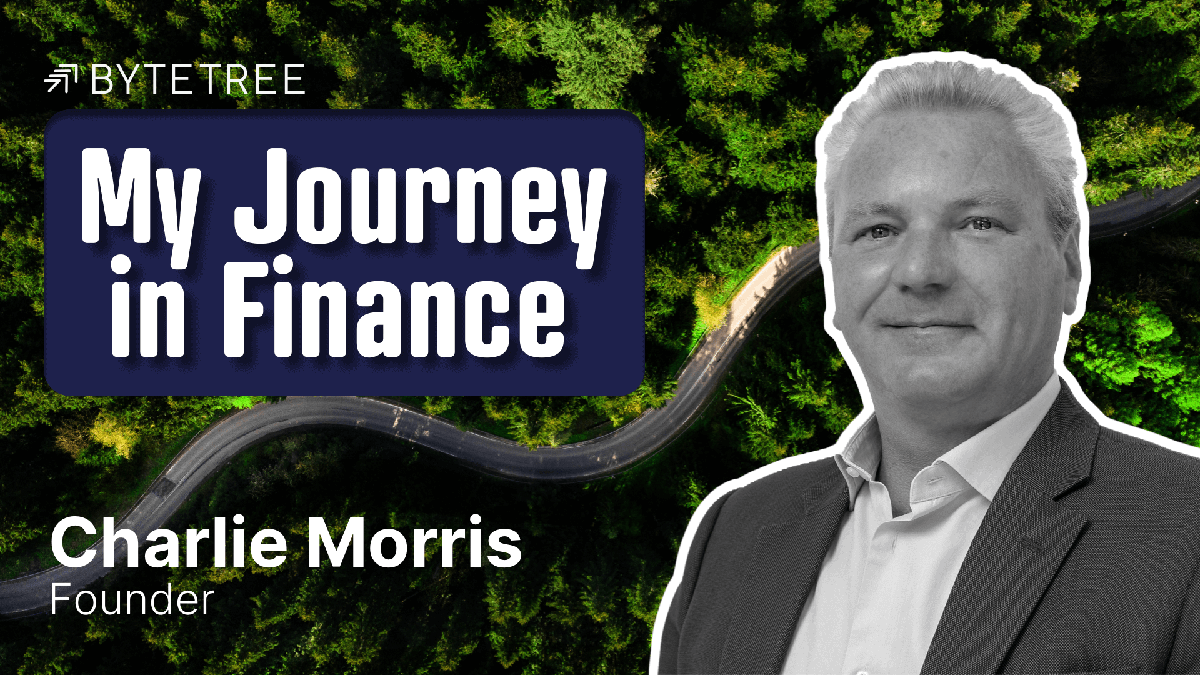My Journey in Finance: My Global Trend Fund

Disclaimer: Your capital is at risk. This is not investment advice.
This series introduces my experiences with momentum investing.
- Part 1: Why Momentum Works
- Part 2: How to Build a Momentum Fund
- Part 3: Riding the Escalators
- Part 4: The Momentum Crash
In those pieces, I explain the momentum effect in stock markets and how and why it works. I also outline how and when it can go spectacularly wrong. In this article, I reveal my experience in running a global equity momentum fund during what later turned out to be the worst period for momo investing on record.
On 5th May 2005, I launched the HSBC Global Trend Fund. It had been several years in the making and was to become the cornerstone of our equity strategy in the HSBC Absolute Return Service (ABS) that I was managing. That service saw assets under management grow to $3 billion with hundreds of accounts from high-net-worth individuals and private clients to sovereign wealth funds.
ABS, not ARS, please, was a portfolio strategy that resembles the ByteTree Soda Portfolio to this day, albeit in a more complex form. My team and I focused on risk-adjusted returns, which means getting bang for your buck. We delivered returns similar to a balanced portfolio but with materially lower volatility.
We achieved that by ensuring funds were allocated efficiently to boost returns and through diversification to reduce risk. The portfolio was diversified in terms of doing many different things, in contrast to a standard (60/40) index portfolio that simply “owns everything”, which is a very lazy form of “diworsification”. In the 2000 to 2008 era, the US market was a deadbeat, and the dollar was sinking. The S&P 500 was a drag on the world index, in an era of global growth. The BRIC nations (Brazil, Russia, India, and China) were driving global markets.
The ABS Portfolios owned gold, commodities, Europe, Asia, emerging markets, frontier markets, government bonds, corporate bonds, convertible bonds, emerging market bonds, CTAs, macro hedge funds, long/short hedge funds, funds of hedge funds, private equity, REITs, and FX. There were many different return drivers, many of which were only loosely related to the short-term movements in the stockmarket. At the time, it was a highly innovative product, and our clients came in droves.
I had this idea that we could make our core equity strategy even more efficient by holding the best-performing companies and not wasting capital holding low-growth stocks that dominated the index funds. I wanted to embrace the momentum effect (momo) and wrap it into a fund that could be allocated across client portfolios. This would be a neat solution that would give us higher returns from global equities for less risk. This was a highly innovative strategy at the time, and AQR, and not many others, publicly embraced momo.
I can remember the stocks we owned in those early days because we hosted a wine-tasting event for our clients. The tables had names such as Apple, Google, Newmont, Haliburton, Vestas, and Fortum, all market leaders and our largest holdings. We got off to a great start, smashing the world index in our first year.
Global Trend Fund vs The World – Launch to 2007

Then, in 2006, the dollar slumped, and our best stocks stalled; even Apple only returned 3% that year despite growing sales by 38%. The US housebuilders crashed, which we didn’t own, and that turned out to be an early sign that all was not well with the US economy. It was an awakening that momo had risks that I hadn’t considered, mainly that the trends tended to do the same thing at the same time. Diversification in the momo world was a pipedream.
Little was known about momo at the time, but I was spooked, and I reduced the exposure of GTF in ABS by 50%, which was one of the best and most selfless decisions I have ever made as a fund manager. That meant my clients had been reduced from 20% exposure to GTF to 10%, and I made that decision without any external pressure. The 10% was reallocated elsewhere.
Fortunately, in 2007, GTF was back on track, and with lower exposure, there was less pressure to succeed. GTF held stocks in fast-growing Asia, emerging markets and commodities. It had zero exposure to financials and real estate. In the US, the banks were down 33% that year, and in Europe, they were down 8% before the global financial crisis had even begun.
2007 was a great year for momo because the winners marched on while the losers slumped and held the index back, which is the best possible outcome. In 2007, the world index rose 7.1%, while GTF rose 28.3%. GTF had banked profits at the Asian peak in November 2007 and was back on top.
Then, in 2008, market breadth was deteriorating (fewer stocks going up), with just 17% of companies trading above their 200-day moving averages by the end of January. Investors were dumping the losers (financials, telecoms, real estate, autos, anything with debt) and chasing the winners (agriculture, oil and gas, gold, mining, and renewables), just like momo investors, but suddenly everyone was doing it, even if they didn’t realise it.
Although GTF was named a “trend” fund, it seemed the whole world latched onto momo to escape from the evolving banking crisis. They did it intuitively. As is always the case at market tops, valuations got out of control, and as Benjamin Graham would say, the stockmarket had shifted from being a weighing machine (value investing) to a voting machine (bubble).
